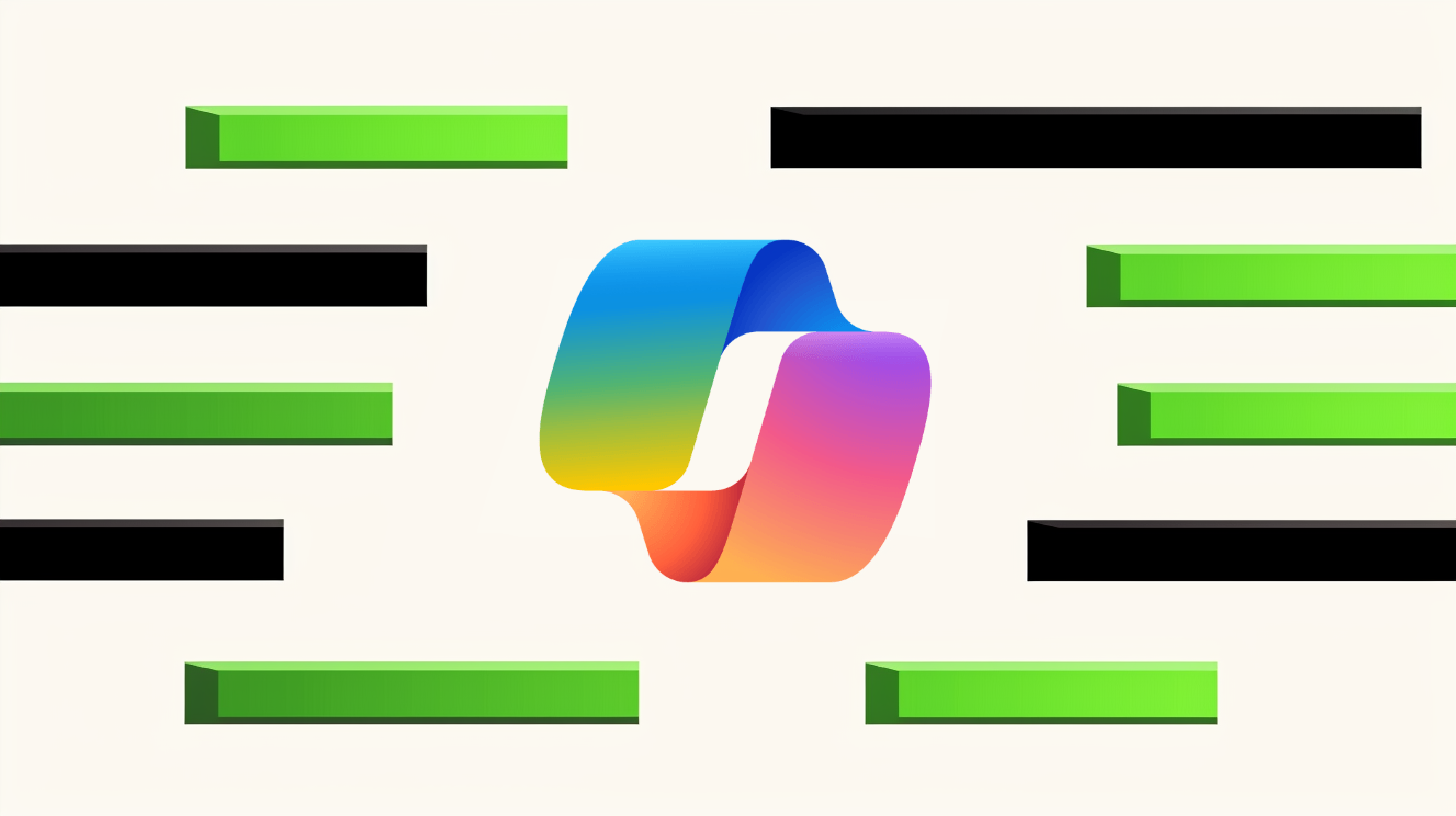Microsoft brings Copilot LLM features directly into Excel spreadsheet cells with a new in-cell function

Key Points
- Microsoft is bringing a new Copilot feature to Excel that lets users analyze data, classify text, and generate content right in their spreadsheets using plain language.
- The results update automatically when the data changes, and users can combine Copilot with regular Excel formulas for more advanced tasks.
- Microsoft says that any data run through Copilot stays private, isn't used to train AI, and the tool doesn't access live web data or internal company files.
Microsoft is adding a new Copilot function to Excel that brings large language model (LLM) features right into spreadsheet cells.
The goal is to speed up tasks like data analysis, text classification, and content generation without manual editing or back-and-forth with separate tools. The function uses a simple formula: =COPILOT(prompt_part1, [context1], [prompt_part2], [context2], ...). You type your request in plain English and can pull in specific cell ranges as context.
For example, Microsoft's documentation shows =COPILOT("Classify this feedback", D4:D18) to analyze customer reviews for a coffee machine. In a demo, Copilot looks up airport codes across the US based on a user prompt.
Copilot brings LLM-powered analysis and content generation right into Excel. Here, it looks up US airport codes directly in spreadsheet cells. | Image: Microsoft
Built-in updates and Excel integration
The Copilot function is built into Excel's calculation engine. When the data changes, the AI results update automatically, so there's no need to re-run scripts or refresh add-ins, according to Microsoft.
You can use Copilot inside formulas like IF, SWITCH, WRAPROWS, or LAMBDA, and results from other calculations can feed directly into your prompts. Microsoft points to a few main use cases:
- Generating ideas, like turning product descriptions into SEO keywords or rewriting marketing copy.
- Summarizing large datasets or breaking down complex calculations in plain language for reports.
- Classifying text data—sorting customer feedback, support tickets, or survey responses right in the sheet.
- Creating lists or tables that fit your data model, such as test data, industry benchmarks, or project plans.
Microsoft says data sent through Copilot is not used to train its AI models. The information stays private and is only used to generate your results. Copilot also does not pull in live web data or internal company files. If you want to use external information, you need to import it into Excel first. Microsoft plans to remove this limitation in the future.
There are usage limits. You can make 100 calls every ten minutes, up to 300 per hour. Microsoft recommends using arrays instead of single cells, since a call that covers a larger data range still only counts as one use.
Beta channel only for now
The new Copilot function is only available to Beta Channel users with a Microsoft 365 Copilot license. You'll need Windows version 2509 (build 19212.20000) or Mac version 16.101 (build 25081334) or newer. The web version will get Copilot through the Frontier program soon.
Microsoft is working on updates, including better support for large arrays and improved date handling, since results currently show up as plain text.
It's not clear which OpenAI model Copilot for Excel is running on right now, but it's probably GPT-4o, the same model behind other Office AI features. Microsoft plans to upgrade to the GPT-5 family soon.
Currently, Copilot can't access live web data or internal company files and relies solely on its pre-trained knowledge. Microsoft says both features are coming. Still, this is a step forward from previous versions, where Copilot was just a chat sidebar you had to toggle alongside your spreadsheet. That setup forced users to jump between chat and their data, breaking up the workflow.
AI News Without the Hype – Curated by Humans
As a THE DECODER subscriber, you get ad-free reading, our weekly AI newsletter, the exclusive "AI Radar" Frontier Report 6× per year, access to comments, and our complete archive.
Subscribe now